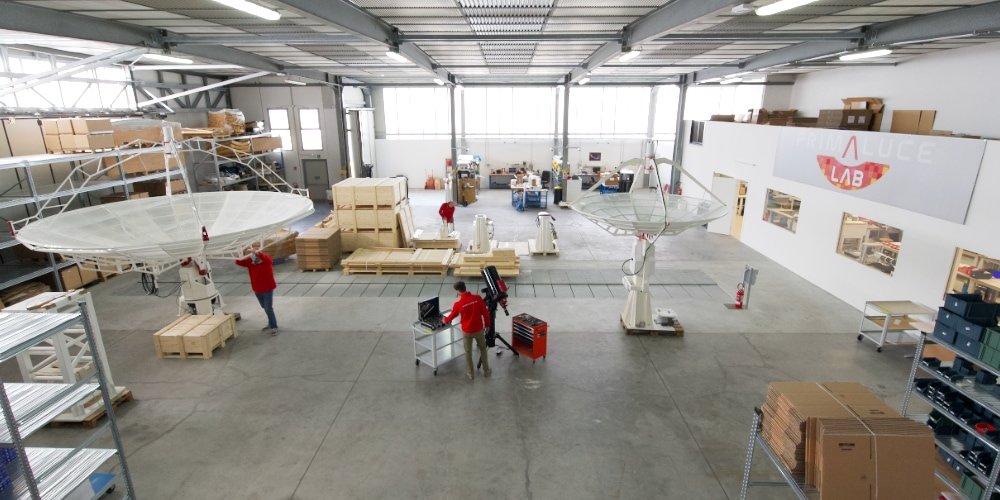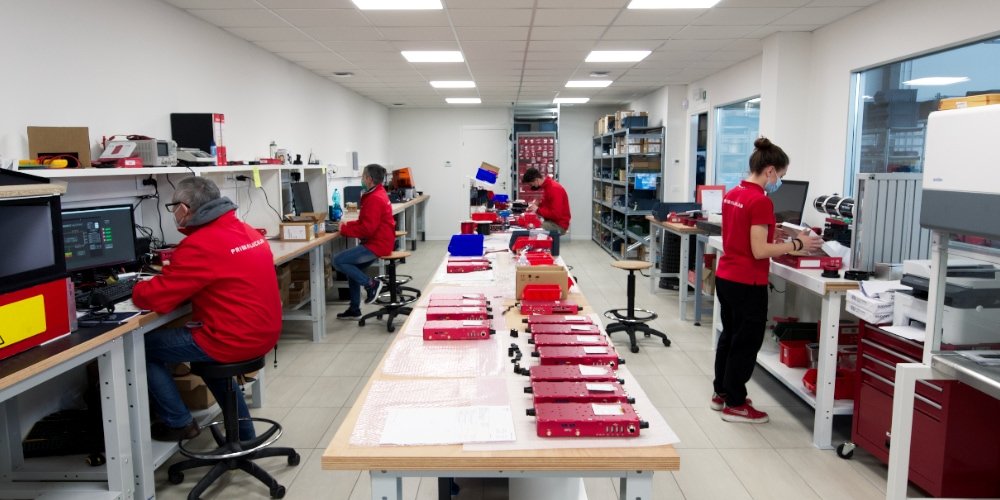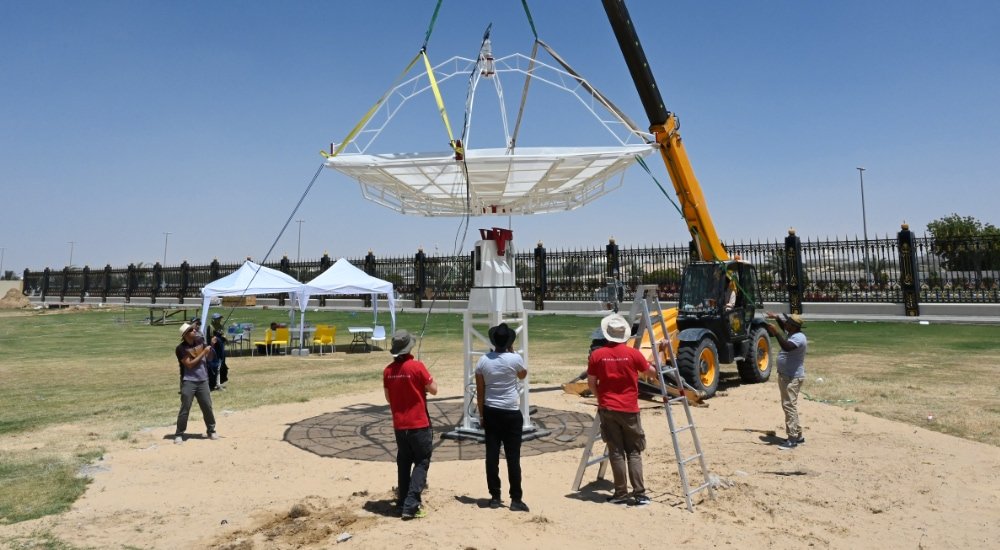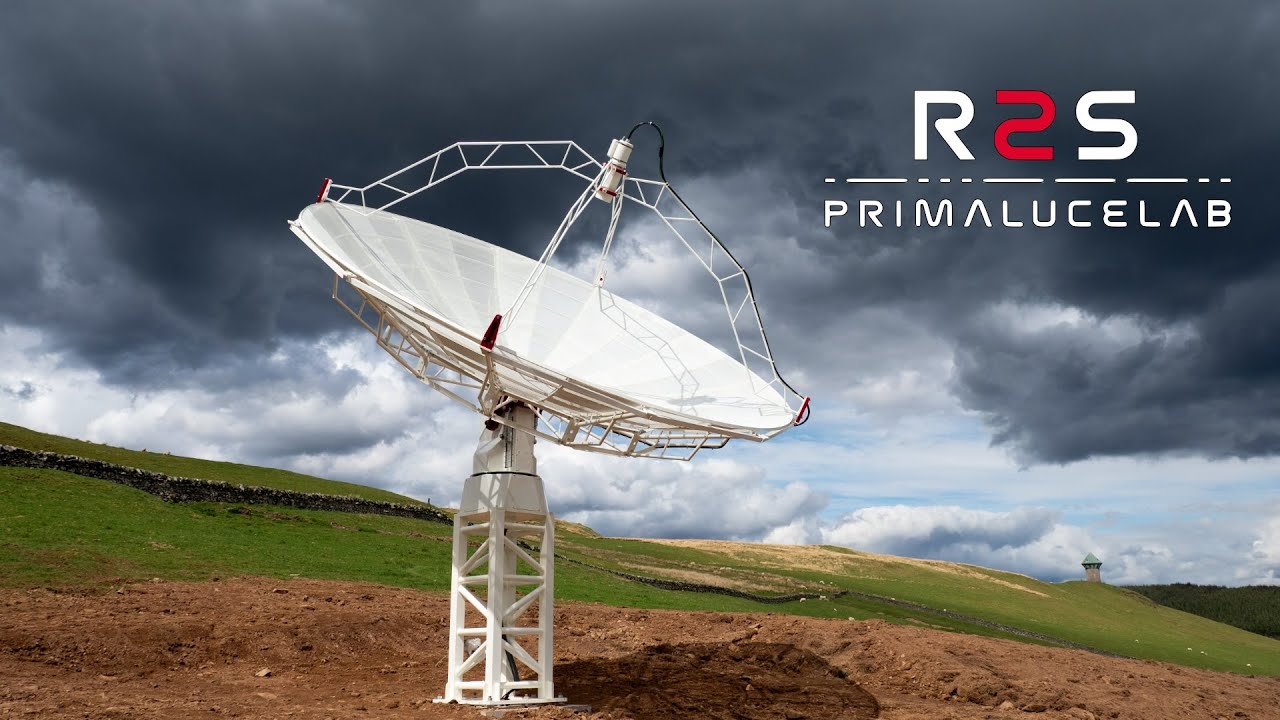We create advanced but affordable radio telescopes and ground station antenna systems for Radio Astronomy and Space Communication.
Thanks to a brilliant staff of engineers, we develop technologies that allow the use of compact antennas to capture even very weak signal coming from Space. This way we’re able to offer professional-level technologies to the educational (schools, universities, science museums) and research (science institutes, space agencies) markets at an affordable price. We offer in-house design, integration, test and delivery!
The innovative company
Radio2Space radio telescopes and ground station antenna systems are innovative instruments designed, developed and produced by PrimaLuceLab SpA, the italian company founded in 2013 by entrepreneurs Filippo Bradaschia and Omar Cauz to bring to market innovative solutions for remote Space exploration. The company started in Pordenone Science Center “Polo Tecnologico Andrea Galvani” and in 2017 moved in the new and larger headquarter to build the large instruments. Today the company’s team is composed by 15 persons and it has headquarters in Porcia (PN – Italy) with laboratory, warehouse and workshop.

An history of innovations
Radio2Space radio telescopes have been presented in 2014 with the launch of the SPIDER 230C model, the first world compact radio telescope that allows amateur astronomers to discover the fascinating world of radio astronomy. In 2016 we presented SPIDER 300A, the first turn-key radio telescope developed to bring professional radio astronomy technologies within the reach of schools and universities. In 2017 we launched SPIDER 500A, the 5 meter radio telescope designed to make professional radio astronomy accessible to everyone. In 2019 we presented INTREPID, the first line of affordable ground station antenna systems specifically developed for space communication.

Radio2Space radio telescopes and ground station antenna systems around the World
Radio2Space radio telescopes and ground station antenna systems by PrimaLuceLab are already used by schools, universities, institutions and agencies all around the World: from Europe to Africa, from Americas to Asia. Starting by 2015 they have been shown in the most important astronomy and space events like American Astronomical Meeting, International Astronomical Union, SpaceCom and Space Tech Expo.


